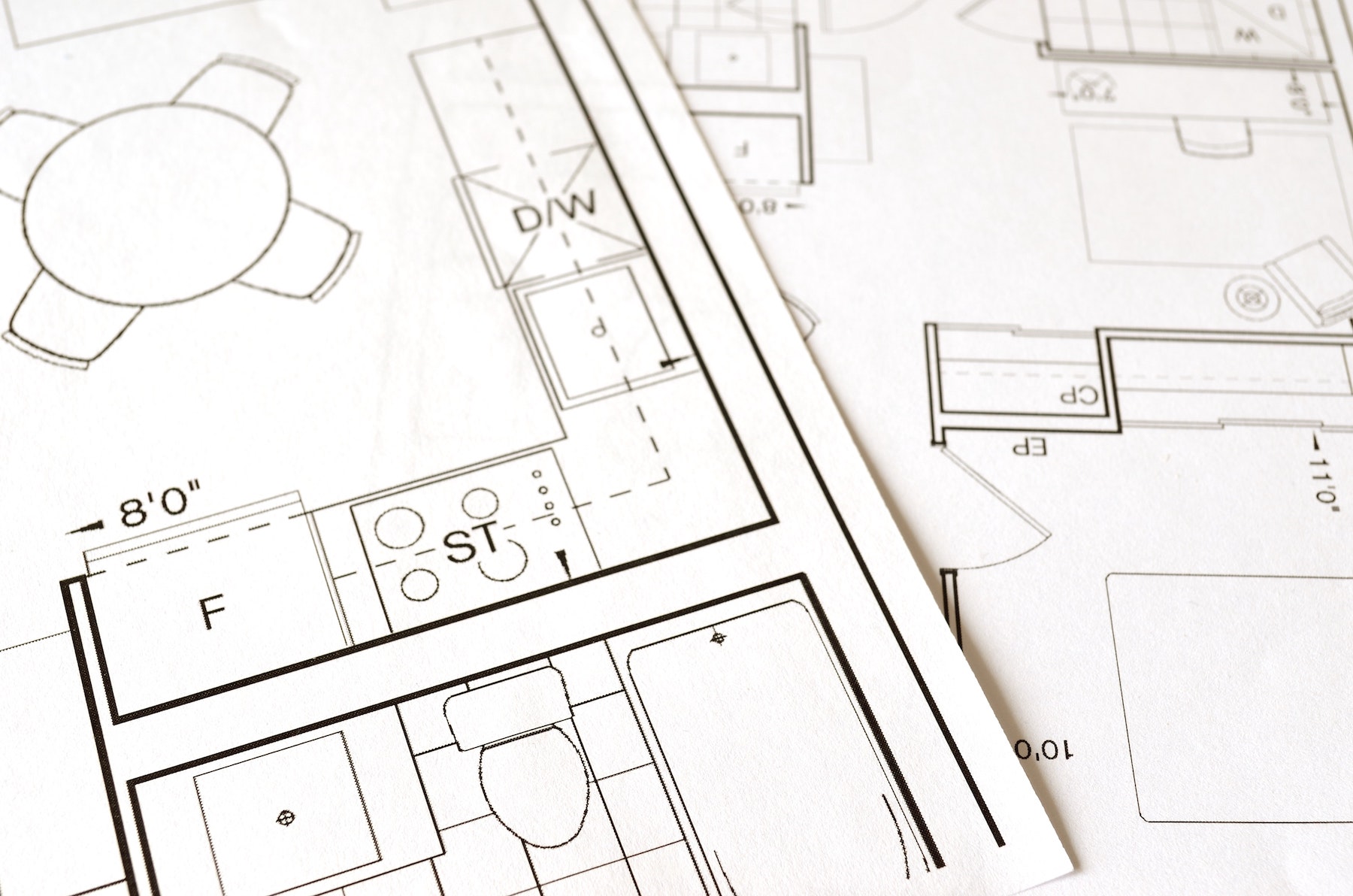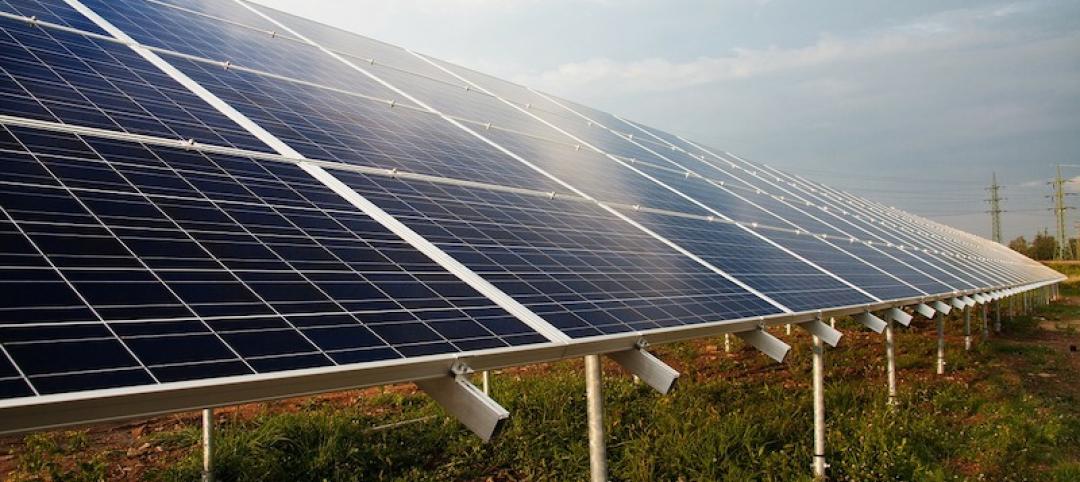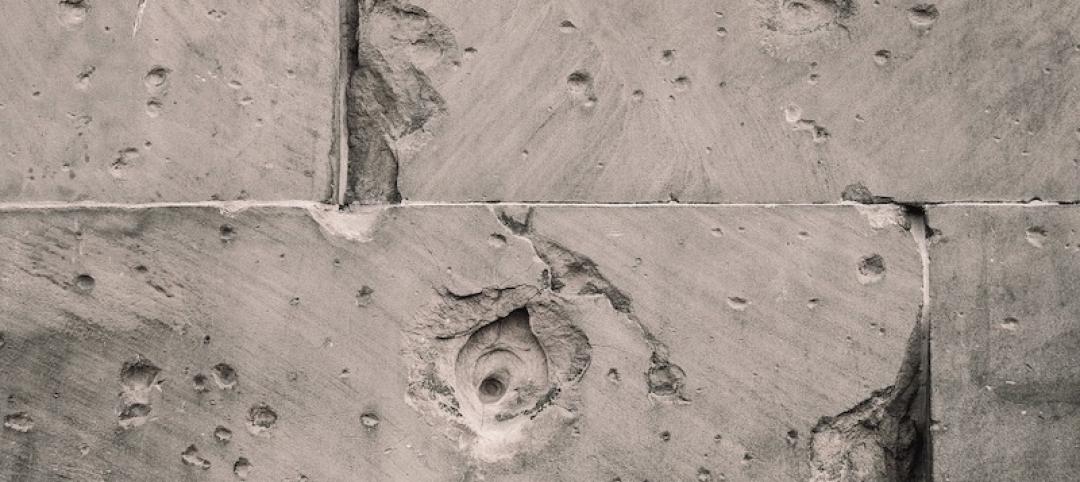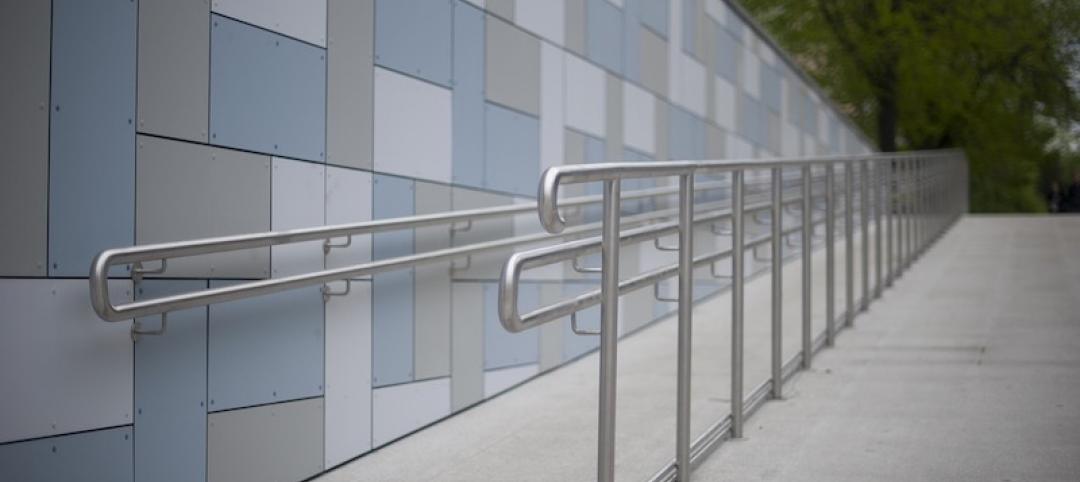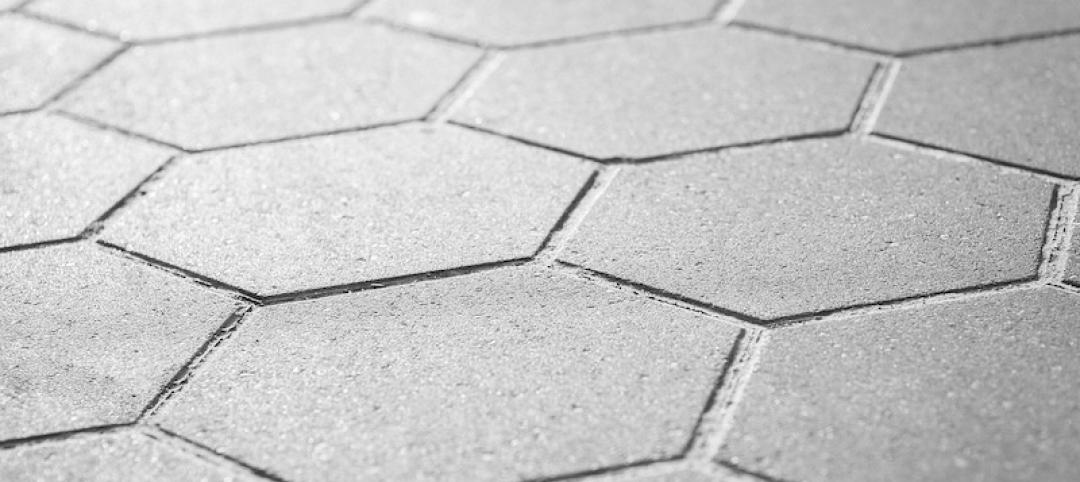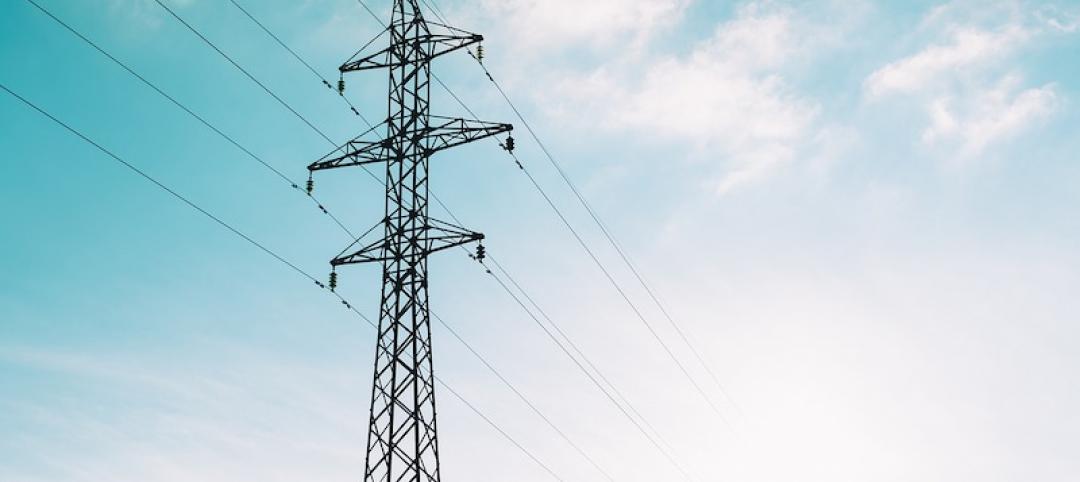The ACEC Research Institute and the University of Colorado Boulder released what the White House called a “landmark study” on the design-build delivery method.
Design Build State of Practice: Recommendations for Agencies and Industry on Effective Project Delivery provides recommendations to firms and project owners, including federal agencies and industry, on successful delivery as well as new information to enhance the benefits of cost and schedule savings associated with design-build.
“The key to success in design-build delivery is clear communication early in the partnership process,” said Keith Molenaar, University of Colorado Boulder, in a news release. “While our research shows that size, risk transfer, and long-term relationship building are vital elements of successful contracts, clarity about risk allocation above all else has to be reached so the project work can progress with confidence across all project participants.”
“Over the past several years, implementation of design-build contracts has grown without showing signs of slowing,” said John Carrato, ACEC Research Institute Chair. “While certain projects do well with design build, the study highlighted significant challenges with larger infrastructure projects, which should get the attention of our DOT clients and others working to deliver projects under the bipartisan infrastructure law.”
Related Stories
Codes and Standards | Oct 24, 2019
ASHRAE design contest winners demonstrate building resilience
Model building, a city hall, could operate without utility service for two weeks.
Codes and Standards | Oct 22, 2019
Efficient material design, low-carbon concrete are critical to cutting GHG emissions in construction
Enhancing building utilization and reusing materials also aid carbon reduction.
Codes and Standards | Oct 21, 2019
Historic properties not exempt from Americans With Disabilities Act
Some exceptions do apply.
Codes and Standards | Oct 18, 2019
St. Louis could save $61 million per year in energy costs by improved building performance
GHG gases can be reduced by at least 11% with upgrades to public buildings and large private buildings.
Codes and Standards | Oct 17, 2019
Slow payments cost GCs and subs $64 billion annually
Study finds 51-day average payment turnaround.
Codes and Standards | Oct 16, 2019
Cool pavement can make people hotter
Reflective coatings channel sunlight raising temperatures where pedestrians walk.
Codes and Standards | Oct 15, 2019
Utah adopts 2018 International Energy Conservation Code
Provisions include increased building envelope performance and reduced air infiltration.
Codes and Standards | Oct 14, 2019
States continue to beef up energy efficiency codes
ACEEE 50-state scorecard finds latest IECC code gaining adherents.
Codes and Standards | Oct 9, 2019
DOE releases Better Buildings Healthcare Financing Primer
Outlines financial strategies to implement energy-efficiency projects in healthcare.
Codes and Standards | Oct 8, 2019
Zero Carbon Buildings for All aims for ambitious emission reduction targets
Organization makes commitment to net zero carbon for all buildings by 2050.


